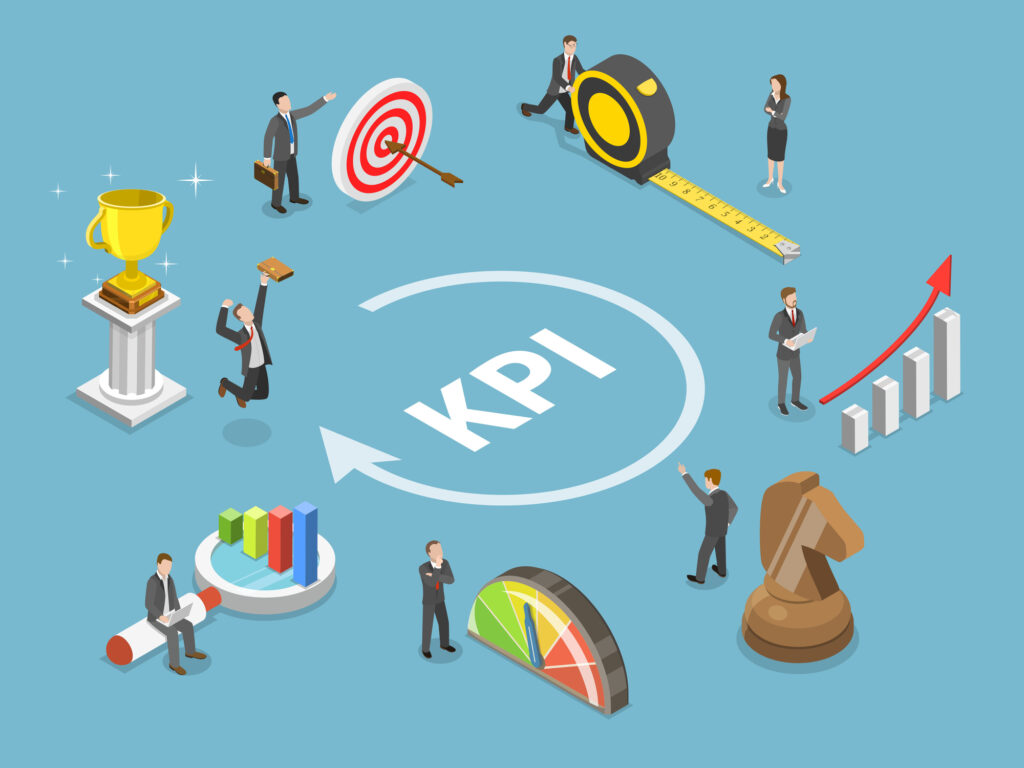Fractional RDSMs: The Smart Way to Scale Senior Living Sales & Marketing Leadership

Operating senior living communities today is an ongoing balancing act: maintaining high occupancy, supporting executive directors and sales teams, and managing marketing initiatives all while staying lean and profitable. For many organizations, hiring a full-time regional sales and marketing leader isn’t financially feasible or operationally necessary. That’s where fractional regional leadership comes in: a modern, […]
Plan Ahead to Cover Year-End Sales Team Vacations

The end of the year is often a race to meet senior living occupancy goals. It’s also the time when sales teams want to spend some much-deserved time off with family and friends. Prospective residents and their families don’t stop searching for senior living in November and December. In fact, the end of the year […]
How Are Remote Sales Specialists Different Than Call Centers? An Effective Sales Solution for Senior Living

In senior living sales, the right voice on the phone makes all the difference. To grow occupancy in senior living communities, timely and meaningful contact with prospects is critical. Many senior living operators turn to call centers as a quick-fix solution to handle inbound calls and appointment scheduling. But there’s a better way—one that drives […]
How Long Should Senior Living Sales Coaching Engagements Last?

Senior living sales training is an effective tool for teaching concepts and reinforcing learning. This is the first step. Senior living sales coaching is necessary to guide learners toward mastery; for the training to stick long term and grow retention of top performers. Sales coaching is not a one and done exercise. How long should […]
Stop Chasing — Start Managing: The Power of a Focused Sales Pipeline

by Jeff Gronemeyer Guest Contributor Contrary to popular opinion, you might not need more leads in your sales pipeline to close the senior living occupancy gap. “We need more leads” is the most often place people go when sales are slow. While new leads are needed and appreciated, more and more and more leads won’t […]
How to Shift from Reactive to Proactive Sales Activity at the End of a Month

Sales professionals in senior living and multifamily communities often feel the mounting pressure of month-end occupancy goals. The last two weeks of the month become a frantic scramble to sign up new residents, fill units, and meet revenue targets. While short-term pushes are sometimes necessary, relying on a reactive approach month after month leads to […]
The Three “D”s of Sales Success: Decision, Determination, and Discipline

In the fast-paced world of senior living sales, it’s easy to get distracted and pulled away from sales activity. Getting swept up in what’s happening in the community, mastering new technology, and trying new tactics that promise the next big breakthrough are just a few of the common distractions from selling we hear. However, […]
How Your Senior Living Community Can Say NO to Paid Lead Aggregators

To keep new lead flow occupancy and NOI high, many senior living operators turn to lead aggregators like A Place for Mom or Caring.com. While convenient, this reliance on paid lead aggregators comes at a high price to the senior living communities. Can senior living communities stop using the lead aggregators they feel they can’t […]
5 Habits Every Executive Director Can Do to Grow Senior Living Occupancy

The executive director has perhaps the greatest influence over occupancy growth in their senior living community. In our blog, “3 Reasons to Empower Executive Directors to Be Senior Living Community Sales Leaders”, we shared 3 specific reasons why executive directors should be empowered to be senior living community sales leaders: In this blog, we share […]
Navigating Rent Increases

It’s that time of year again. Around mid-October, fear and despair come creeping in, sending shivers down the spine! It’s budget meetings season! A time when we must address the rising cost of doing business and – GASP! – rent increases! We’ve all been there. We don’t need to live in fear of raising our […]
Focus on These 3 KPIs to Move the Senior Living Sales Needle

Key Performance Indicators – KPIs. This practice of measuring performance in business has been around in one form or another for a long time. Depending on who you ask, KPIs have been around possibly as far back as the third century A.D. in China! They’ve only become mainstream for most of us in sales in […]
3 Takeaways from 2022 to Reinvigorate Senior Living Sales in 2023

2022 is behind us, whew! For many of us in senior living sales, 2022 marked a symbolic turning of a corner away from the pandemic upheaval of previous years. Our community doors opened again to prospective residents, masks were mostly put away, staff returned to the workplace, and the fears that senior living communities were […]
Don’t Squeeze Out Sales!

Depending on who you ask, the U.S. is either heading into a recession or is already in one. According to a recent poll in The Wall Street Journal, economists think there is a 63% chance of a recession in 2023. If a recession in 2023 really does pan out, what might that mean for senior […]
Solving the Occupancy Puzzle – What’s the Problem?

I drive a nine-year-old car. I love my car. It’s incredibly reliable. It’s not fancy, but it gets me where I need to go. I want to drive it forever. It’s always started when I get in. Except for this week. I got into my car. It wouldn’t start. And my heart sank. I don’t […]
6 Tips to Be “Guest-Ready” at All Times for a Prospect Visit

The doorbell rings unexpectedly. You peek out the window and see a familiar car in the driveway. It’s a surprise guest at your front door. The first thing on your mind: the house is a mess! On the way to answer the door, you frantically pick up things left lying around and throw them in […]
4 Tips for Leading Sales Teams to Success

Sales leadership in senior living is much more than giving out “rah-rahs” to sales directors for their successes and calling them out with “gotchas” for their mistakes. Sales leadership is about ensuring the company’s sales culture and processes are in place to have a meaningful impact on the overall success of the organization. It’s also […]
The 4 Sales Management Missteps Senior Living Operators Make

Learning from our own missteps is a sign of maturity. Learning from the missteps of others and applying those lessons when working with those you manage is a key trait of a successful manager. In the senior living industry, there are some sales management missteps that are all too common. Here are the top 4, […]
You’ve Got the Leads, Now What?

“We need more leads!” How often have we heard this from our senior living sales directors? How often have we said this ourselves? Saying it is almost a reflex when the question of “why is occupancy down?” comes up. After all, new leads are the top of the sales pipeline for all sales, so more […]
